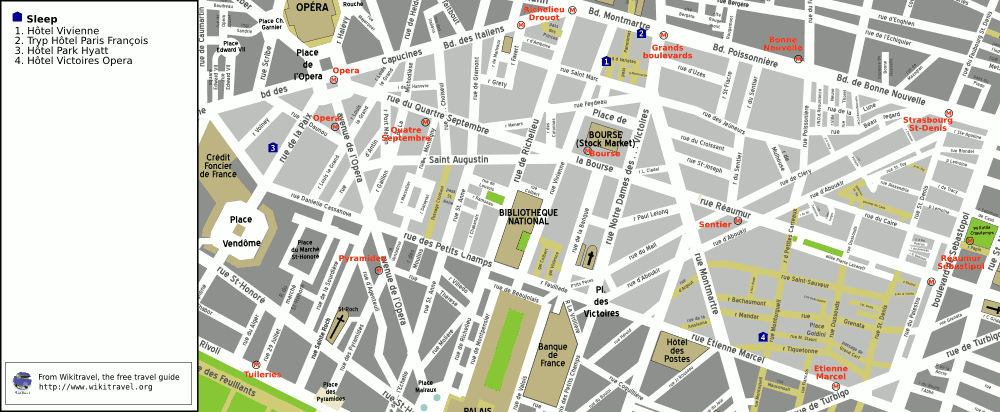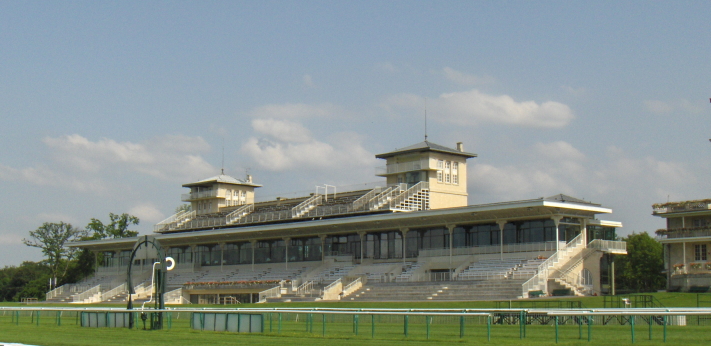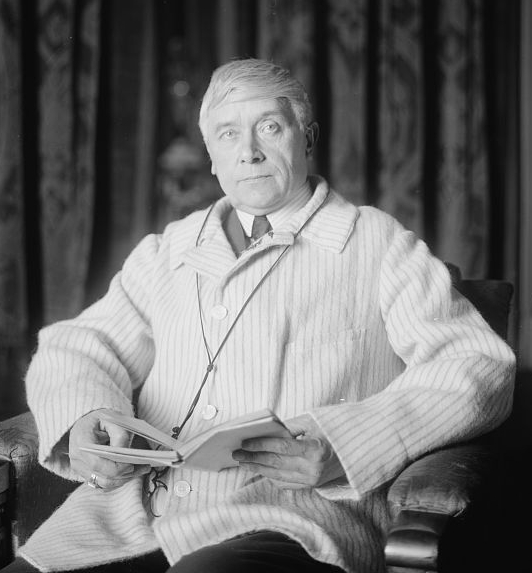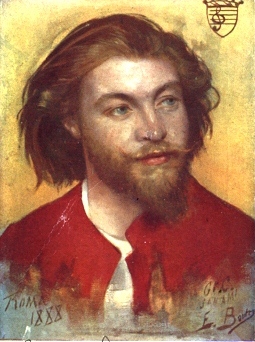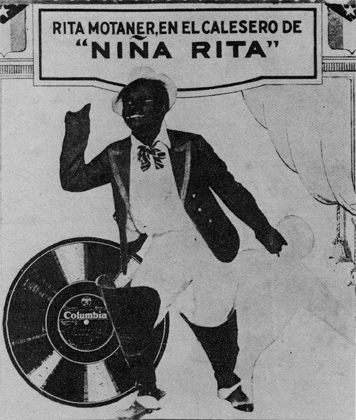|
Théâtre De L'Opéra-Comique
The Salle Favart (), officially the Théâtre de l'Opéra-Comique (), is a Paris opera house and theatre, the current home of the Opéra-Comique. It was built from 1893 to 1898 in a neo-Baroque style to the designs of the French architect Louis Bernier and is located on the Place Boïeldieu just south of the Boulevard des Italiens. Background The Salle Favart is the third theatre with this name on this site. The first Salle Favart, built to the designs of Jean-François Heurtier, opened on 28 April 1783. Charles Simon Favart was the company's director at the time. It was destroyed by fire on the night of 14 or 15 January 1838. The second Salle Favart, built to the designs of , opened on 16 May 1840. It was destroyed by fire on 25 May 1887.Wild 1989, pp. 135–138. Competition After long deliberation following the second fire, a decision was finally reached to rebuild on the same constricted site. A competition was held, judged by five winners of the Grand Prix de Rome (includi ... [...More Info...] [...Related Items...] OR: [Wikipedia] [Google] [Baidu] |
2nd Arrondissement Of Paris
The 2nd arrondissement of Paris (''IIe arrondissement'') is one of the 20 arrondissements of the capital city of France. In spoken French, this arrondissement is colloquially referred to as ''deuxième'' (second/the second). It is governed locally together with the 1st, 3rd and 4th arrondissement, with which it forms the 1st sector of Paris. Also known as Bourse, this arrondissement is located on the right bank of the River Seine. The 2nd arrondissement, together with the adjacent 8th and 9th arrondissements, hosts an important business district, centred on the Paris Opéra, which houses the city's most dense concentration of business activities. The arrondissement contains the former Paris Bourse (stock exchange) and several banking headquarters, as well as a textile district, known as the Sentier, and the Opéra-Comique's theatre, the Salle Favart. The 2nd arrondissement is the home of Grand Rex, the largest movie theater in Paris. The 2nd arrondissement is also the home ... [...More Info...] [...Related Items...] OR: [Wikipedia] [Google] [Baidu] |
Honoré Daumet
Pierre Jérôme Honoré Daumet (; 23 October 1826 – 12 December 1911) was a French architect. Biography A student at the Beaux-Arts de Paris under Guillaume-Abel Blouet, Guillaume Abel Blouet, Charles-Félix Saint-Père and Émile Gilbert, he won the Prix de Rome, Grand Prix de Rome for architecture in 1855. Daumet accompanied the Archeologist Léon Heuzey on an expedition to Macedonia in 1861. On his return he married the daughter of the architect Charles-Auguste Questel, Charles Questel. Daumet founded his own atelier which would produce nine further Grand Prix winners, Charles-Louis Girault chief among them, and attracted a number of foreign students such as Charles Follen McKim, Charles McKim and Austin W. Lord. In 1908, Daumet won the Royal Gold Medal of the Royal Institute of British Architects. He was a close friend of the sculptor Henri Chapu. Daumet died on 12 December 1911 at his home in the 6th arrondissement of Paris, and was buried in the 15th division of Montparn ... [...More Info...] [...Related Items...] OR: [Wikipedia] [Google] [Baidu] |
The Dictionary Of Art
''Grove Art Online'' is the online edition of ''The Dictionary of Art'', often referred to as the ''Grove Dictionary of Art'', and part of Oxford Art Online, an internet gateway to online art reference publications of Oxford University Press, which also includes the online version of the ''Benezit Dictionary of Artists''. It is a large encyclopedia of art, previously a 34-volume printed encyclopedia first published by Grove in 1996 in art, 1996 and reprinted with minor corrections in 1998. A new edition was published in 2003 by Oxford University Press. Scope Written by 6,700 experts from around the world, its 32,600 pages cover over 45,000 topics about art, artists, art critics, art collectors, or anything else connected to the world of art. According to ''The New York Times Book Review'' it is the "most ambitious art-publishing venture of the late 20th century". Almost half the content covers non-Western subjects, and contributors hail from 120 countries. Topics range from Jul ... [...More Info...] [...Related Items...] OR: [Wikipedia] [Google] [Baidu] |
L'heure Espagnole
''L'heure espagnole'' is a French one-act opera from 1911, described as a ''comédie musicale'', with music by Maurice Ravel to a French libretto by Franc-Nohain, based on Franc-Nohain's 1904 play ('comédie-bouffe') of the same name The opera, set in Spain in the 18th century, is about a clockmaker whose unfaithful wife attempts to make love to several different men while he is away, leading to them hiding in, and eventually getting stuck in, her husband's clocks. The title can be translated literally as "The Spanish Hour", but the word "heure" also means "time" – "Spanish Time", with the connotation "How They Keep Time in Spain". The original play had first been performed at the Théâtre de l'Odéon on 28 October 1904. Ravel began working on the music as early as 1907, and the opera was first performed at the Opéra-Comique on 19 May 1911. Performance history Ravel was closely involved in every aspect of the production as it was prepared for its premiere by the Opéra-Comiq ... [...More Info...] [...Related Items...] OR: [Wikipedia] [Google] [Baidu] |
Ariane Et Barbe-Bleue
''Ariane et Barbe-bleue'' (, ''Ariadne and Bluebeard'') is an opera in three acts by Paul Dukas. The French libretto is adapted (with very few changes) from the symbolist play of the same name by Maurice Maeterlinck, itself loosely based on the French literary tale '' La Barbe bleue'' by Charles Perrault. Dukas had been impressed by Maeterlinck's play when it was first published in 1899. Maeterlinck had initially reserved the rights to use ''Ariane'' as a libretto for Edvard Grieg. When Grieg abandoned his plans to compose the opera, Maeterlinck offered it to Dukas instead. Dukas worked on the score between 1899 and 1906.Holden, pp. 248–249 The work has often been compared to Debussy's opera '' Pelléas et Mélisande'' (1902), also based on a Maeterlinck play; Debussy had virtually finished his score by the time Dukas began work on his. The names of Barbe-bleue's five former wives are taken from previous plays by Maeterlinck: Sélysette from ''Aglavaine et Sélysette'' (1896), ... [...More Info...] [...Related Items...] OR: [Wikipedia] [Google] [Baidu] |
Pelléas Et Mélisande (opera)
''Pelléas et Mélisande'' (''Pelléas and Mélisande'') is an opera in five acts with music by Claude Debussy. The French libretto was adapted from Maurice Maeterlinck's symbolist play of the same name. It premiered at the Salle Favart in Paris by the Opéra-Comique on 30 April 1902; Jean Périer was Pelléas and Mary Garden was Mélisande, conducted by André Messager, who was instrumental in getting the Opéra-Comique to stage the work. It is the only opera Debussy ever completed. The plot concerns a love triangle. Prince Golaud finds Mélisande, a mysterious young woman, lost in a forest. He marries her and brings her back to the castle of his grandfather, King Arkel of Allemonde. Here Mélisande becomes increasingly attached to Golaud's younger half-brother Pelléas, arousing Golaud's jealousy. Golaud goes to excessive lengths to find out the truth about Pelléas and Mélisande's relationship, even forcing his own child, Yniold, to spy on the couple. Pelléas decides to le ... [...More Info...] [...Related Items...] OR: [Wikipedia] [Google] [Baidu] |
Louise (opera)
''Louise'' is a "musical novel", or "", in four acts and five scenes by Gustave Charpentier. It can be considered an opera. The composer himself penned the French libretto with contributions from Saint-Pol-Roux, a symbolist poet and the inspiration of the surrealists. It is an atmospheric story of working-class life in Paris, with the city itself invoked along the way: young Louise, a seamstress living with her parents, loves Julien, an artist; she desires freedom, associated in her mind with him and the city. (Charpentier would later write a sequel, the opera '' Julien'', describing the artist's aspirations.) Musically the work is considered an example of '' verismo'', and marks the beginning of naturalism in French opera. Performance history ''Louise'' was premiered on 2 February 1900 at the Salle Favart by the Opéra-Comique conducted by André Messager in a production by Albert Carré. It was successful, reaching its 100th performance just over a year later; the 500th perf ... [...More Info...] [...Related Items...] OR: [Wikipedia] [Google] [Baidu] |
Georges Rochegrosse - Poster For The Prèmiere Of Claude Debussy And Maurice Maeterlinck%27s Pelléas Et Mélisande
Georges may refer to: Places *Georges River, New South Wales, Australia * Georges Quay (Dublin) *Georges Township, Fayette County, Pennsylvania Other uses *Georges (name) * ''Georges'' (novel), a novel by Alexandre Dumas * "Georges" (song), a 1977 song originally recorded by Pat Simon and covered by Sylvie Vartan *Georges (store), a department store in Melbourne, Australia from 1880 to 1995 * Georges (''Green Card'' character) People with the surname * Eugenia Georges, American anthropologist *Karl Ernst Georges (1806–1895), German classical philologist and lexicographer, known for his edition of Latin-German dictionaries. * Mary Ngwanda Georges, Congo-born American politician See also * École secondaire Georges-P.-Vanier, a high school in Hamilton, Ontario, Canada *École secondaire Georges-Vanier in Laval, Quebec, Canada * French cruiser ''Georges Leygues'', commissioned in 1937 * French frigate ''Georges Leygues'' (D640), commissioned in 1979 * Georges Krayem, Brazilian law ... [...More Info...] [...Related Items...] OR: [Wikipedia] [Google] [Baidu] |
Operettas
Operetta is a form of theatre and a genre of light opera. It includes spoken dialogue, songs and including dances. It is lighter than opera in terms of its music, orchestral size, and length of the work. Apart from its shorter length, the operetta is usually of a light and amusing character. The subject matter may portray "lovers' spats, mistaken identities, sudden reversals of fortune, and glittering parties". It sometimes also includes satirical commentaries. "Operetta" is the Italian diminutive of "opera" and was used originally to describe a shorter, perhaps less ambitious work than an opera. Operetta provides an alternative to operatic performances in an accessible form targeting a different audience. Operetta became a recognizable form in the mid-19th century in France, and its popularity led to the development of many national styles of operetta. Distinctive styles emerged across countries including Austria-Hungary, Germany, England, Spain, the Philippines, Mexico, Cuba ... [...More Info...] [...Related Items...] OR: [Wikipedia] [Google] [Baidu] |
Rationalism (architecture)
In architecture, Rationalism () is an architectural current which mostly developed from Fascist Italy (1922–1943), Italy in the 1920s and 1930s. Vitruvius had claimed in his work that architecture is a science that can be comprehended rationally. The formulation was taken up and further developed in the architectural treatises of the Renaissance. Eighteenth-century progressive art theory opposed the Baroque use of illusionism (art), illusionism with the classic beauty of truth and reason. Twentieth-century Rationalism derived less from a special, unified theoretical work than from a common belief that the most varied problems posed by the real world could be resolved by reason. In that respect, it represented a reaction to Historicism (art), Historicism and a contrast to Art Nouveau and Expressionism. The term ''Rationalism'' is commonly used to refer to the wider International Style (architecture), International Style. Enlightenment rationalism The name Rationalism is retroa ... [...More Info...] [...Related Items...] OR: [Wikipedia] [Google] [Baidu] |
Allegorical Paintings
As a literary device or artistic form, an allegory is a narrative or visual representation in which a character, place, or event can be interpreted to represent a meaning with moral or political significance. Authors have used allegory throughout history in all forms of art to illustrate or convey complex ideas and concepts in ways that are comprehensible or striking to its viewers, readers, or listeners. Writers and speakers typically use allegories to convey (semi-) hidden or complex meanings through symbolic figures, actions, imagery, or events, which together create the moral, spiritual, or political meaning the author wishes to convey. Many allegories use personification of abstract concepts. Etymology First attested in English in 1382, the word ''allegory'' comes from Latin ''allegoria'', the latinisation of the Greek ἀλληγορία (''allegoría''), "veiled language, figurative", literally "speaking about something else", which in turn comes from ἄλλος ( ... [...More Info...] [...Related Items...] OR: [Wikipedia] [Google] [Baidu] |
